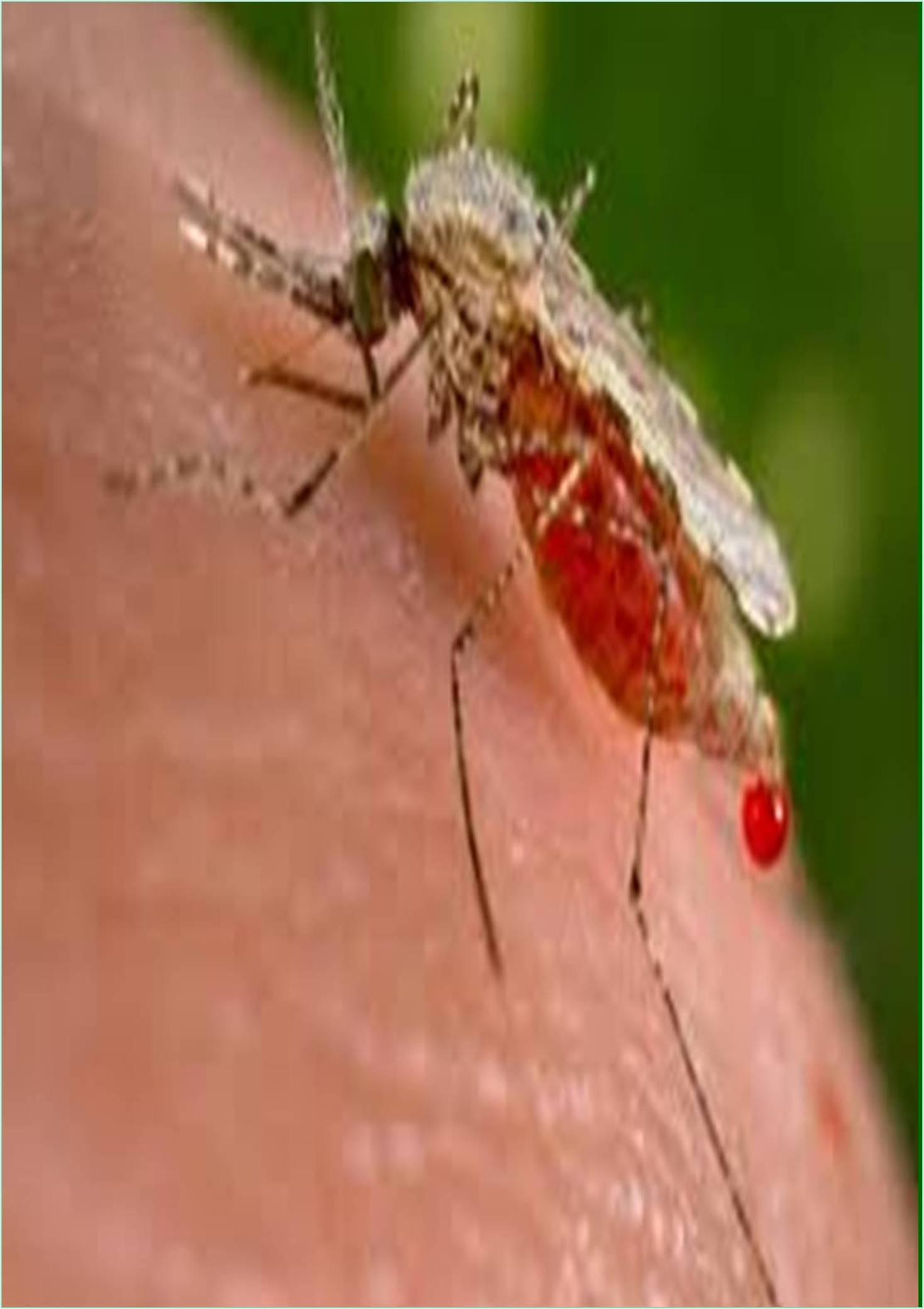



Received: 11-Nov-2022, Manuscript No. IJMAR-22-83627; Editor assigned: 14-Nov-2022, Pre QC No. IJMAR-22-83627 (PQ); Reviewed: 02-Dec-2022, QC No. IJMAR-22-83627; Revised: 12-Dec-2022, Manuscript No. IJMAR-22-83627 (R); Published: 20-Dec-2022, DOI: 10.15651/IJMAR.22.3.011
The quinoline-like compounds, such as quinine, quinidine, chloroquine, amodiaquine, mefloquine, halofantrine, lumefantrine, piperaquine, and pyronaridine, chemically obstruct intraparasitic heme detoxification, preventing the dimerization process that leads to the formation of hemozoin (malaria pigment). Primaquine and tafenoquine are structurally related 8-aminoquinolines that are effective against all stages of P. vivax, P. malariae, and P. ovale as well as the hepatic and sexual stages of Plasmodium falciparum. The persistent liver stages of P. vivax and P. ovale can also be affected by these medicines (Ekstein et al., 2003).
Anti-malarial with quinoline bases, like chloroquine and structurally related medications, seem to function by preventing heme from being sequestered and disposed of in parasitized erythrocytes. Haematin, which can easily lyse the host, is released when ferriprotoporphyrin IX (haemoglobin) is digested by the parasite (and parasite membranes) (Keucken et al., 2021). Haematin precipitates into hemozoin in the feeding host vacuole, shielding parasite membranes from harm. In the food vacuole, chloroquine builds up to high quantities and combines to haematin to produce a deadly compound. Even while quinine and mefloquine appear to have a structural similarity to chloroquine, the exact mechanism of action is yet unknown. Although this isn't always related to target site mutations, the resistance mechanisms also appear to vary (Lim et al., 2021). Lumefantrine's mechanism of action is like wise unknown, regardless of the fact that treated parasites show impacts on the food vacuole. Contrarily, pyronaridine and piperaquine do not share resistance mechanisms with chloroquine and both seem to interact with haematin (Myint et al., 2004).
The health doctors discover that bromoquine slowly builds in the digestive vacuole, where its concentration can reach submillimolar levels, 1,000 times greater than in the culture medium. The drug's ability to prevent heme from docking onto the surface of the hemozoin crystal is improved by the drug's concentration of bromoquine rising so dramatically. The extra bromoquine forms a complex with the remaining heme that isn’t crystallising based on direct observation of bromoquine distribution in the digesting vacuole and at its membrane surface. The complex is forced toward the digestive vacuole membrane, raising the possibility of membrane rupturing the heme leakage into the parasite's core (Sugiarto et al., 2018).
The Plasmodium parasite enters a red blood cell as part of its life cycle, where it breaks down haemoglobin to grow and multiply. The iron-containing heme molecules released by the haemoglobin breakdown in the parasite's digestive vacuole are poisonous to the parasite. The formation of hemozoin makes the heme inactive. The parasite accumulates a significant amount of haemoglobin in its digesting vacuole. The rate of heme liberation from haemoglobin digestion must not be greater than the rate of hemozoin crystallisation for the parasite to survive. By the end to the process would cause the poisonous heme to accumulate inside.
Eckstein-Ludwig U, Webb RJ, Van Goethem ID, East JM, Lee AG, Kimura M, et al. Artemisinins target the SERCA of Plasmodium falciparum. Nature. 2003;424(6951):957-961. [Crossref ] [Google Scholar] [PubMed]
Kuecken M, Thuilliez J, Valfort MA. "Disease and Human Capital Accumulation: Evidence from the Roll Back Malaria Partnership in Africa". The Eco J. 2021; 131 (637): 2171–2202. [Crossref ] [Google Scholar]
Lim P, Alker AP, Khim N, Shah NK, Incardona S, Doung S, et al. "Pfmdr1 copy number and arteminisin derivatives combination therapy failure in falciparum malaria in Cambodia". Malar. J. 2009; 8:11. [Crossref ] [Google Scholar ] [PubMed]
Myint HY, Tipmanee P, Nosten F, Day NP, Pukrittayakamee S, Looareesuwan S, et al. A systematic overview of published antimalarial drug trials. Trans R Soc Trop Med Hyg 2004 Feb 1;98(2):73-81. [Crossref ] [Google Scholar ] [PubMed]
Sugiarto SR, Moore BR, Makani J, Davis TME. Artemisinin Therapy for Malaria in Hemoglobinopathies: A Systematic Review. Clin Infect Dis. 2018; 66(5):799. [Crossref ] [Google Scholar ] [PubMed].